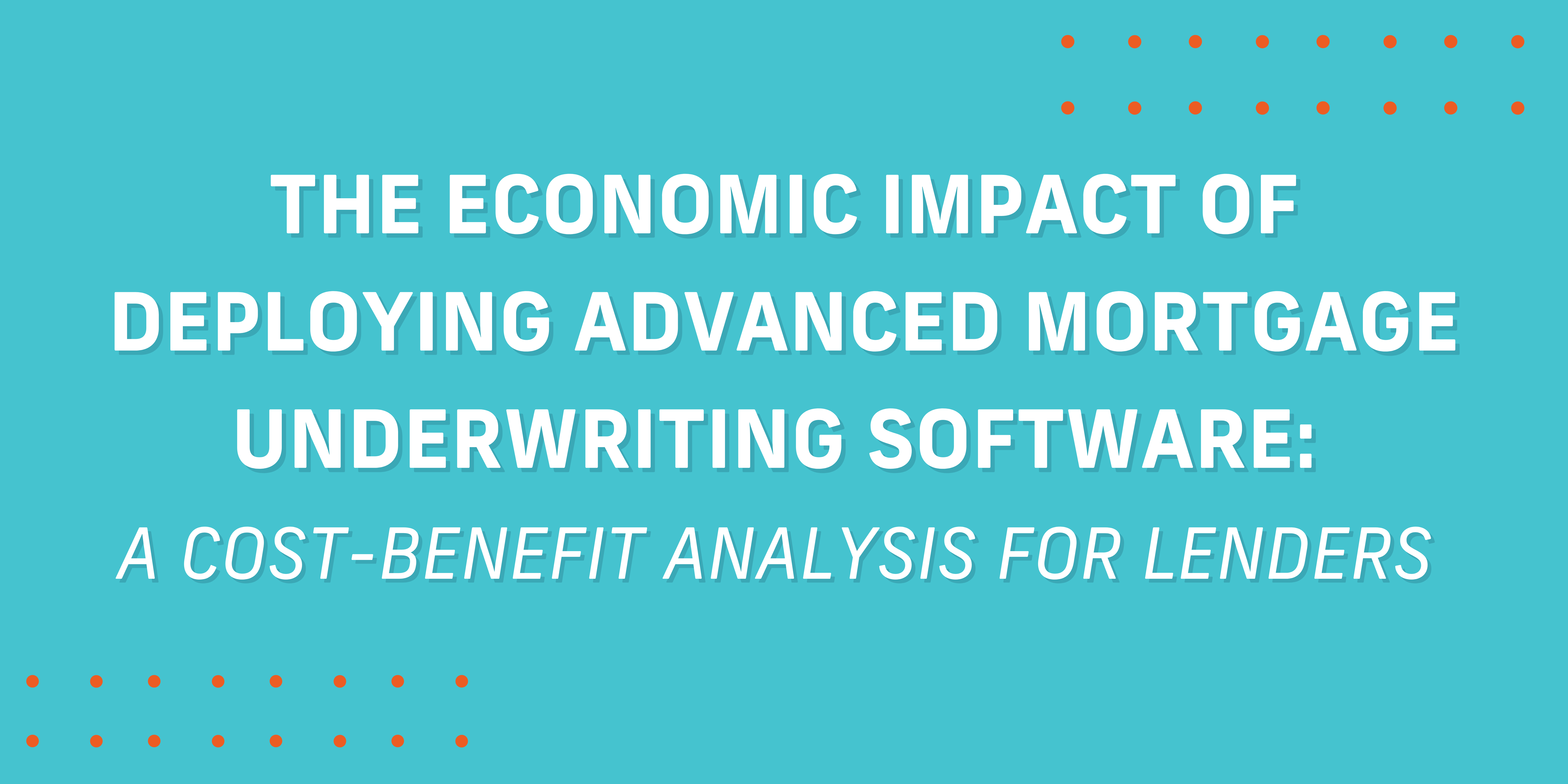The Economic Impact of Deploying Advanced Mortgage Underwriting Software:
A Cost-Benefit Analysis for Lenders
The deployment of advanced underwriting software represents a significant investment for lenders. This investment, however, is justified when considering the substantial economic impacts, including operational cost savings, increased loan processing capacity, and the accrual of indirect benefits from the adoption of advanced technological tools.
Operational Cost Savings
One of the most immediate impacts of implementing sophisticated mortgage underwriting software is the reduction in operational costs. Traditionally, the mortgage underwriting process has been labor-intensive, requiring significant man-hours to collect, verify, and analyze applicant data. Advanced underwriting software automates many of these processes, significantly reducing the time and labor needed for each application. This automation translates into direct cost savings for lenders, as fewer hours spent on each application directly affects the bottom line by lowering operational expenses. Additionally, the reduction in manual tasks can decrease the incidence of human error, further saving costs that might arise from mistakes in the underwriting process.
Increase in Loan Processing Capacity
The deployment of advanced mortgage underwriting software also leads to an increase in loan processing capacity. By streamlining the application process, lenders can handle a higher volume of loan applications without a corresponding increase in staff. This scalability is particularly beneficial in peak periods of loan demand, enabling lenders to capitalize on market opportunities without the need for significant workforce expansion. Moreover, the ability to process more applications within the same timeframe enhances revenue generation, contributing positively to the lender’s overall financial performance.
Indirect Benefits
Beyond the direct financial benefits, adopting sophisticated underwriting software also brings several indirect advantages. For instance, improved efficiency and faster processing times enhance the customer experience, contributing to higher borrower satisfaction and loyalty. In a competitive market, these factors can be pivotal in attracting and retaining clients. Furthermore, advanced underwriting tools often come equipped with better risk assessment capabilities, allowing lenders to make more informed lending decisions. This can lead to a healthier loan portfolio with fewer defaults, indirectly benefiting the lender’s financial health and reputation in the industry.
Conclusion
The economic impact of deploying advanced mortgage underwriting software is multifaceted, offering both direct and indirect benefits to lenders. While the upfront costs may be significant, a detailed cost-benefit analysis reveals that the long-term savings, increased capacity, and ancillary benefits make it a worthwhile investment. As the mortgage industry continues to evolve, lenders that harness the power of sophisticated underwriting technology will undoubtedly find themselves at a competitive advantage, equipped to navigate the challenges and opportunities of the modern lending landscape.




